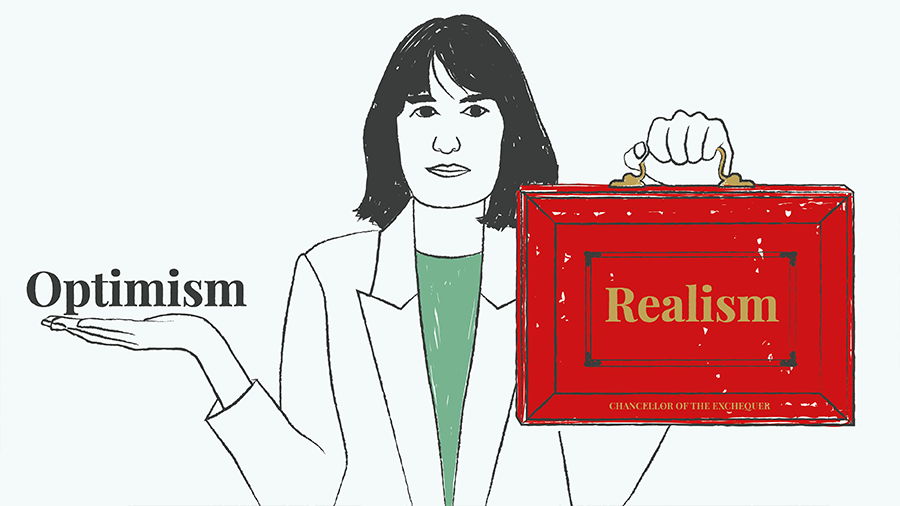There are similarities between leadership in business and in politics. Like Prime Ministers, CEOs have to balance the often-conflicting needs of different stakeholders and present a convincing vision to the world. Like Prime Ministers, CEOs can end up on the front pages when they get it wrong.

Popularity doesn’t win the race
But there are differences. Politicians reach the top by winning a series of popularity contests, which thankfully isn’t a feature of C-level recruitment. And unlike in corporate settings, those periodic popularity contests also provide political leaders with their primary opportunities to make changes to their senior team.
Keir Starmer demonstrated this at the weekend, when he reshuffled the shadow cabinet after an abysmal showing for Labour at the local elections and Hartlepool by-election. Starmer fired Angela Rayner, the Labour Party chair, and demoted shadow chancellor Anneliese Dodds, among other changes.
There may have been valid, even essential political reasons for that decision – power struggles between party factions perhaps – but any desire among business people to draw positive lessons from politics should really end here.
Who’s at fault?
It’s tempting to do something drastic when your organisation suffers a setback, to show that you’re taking it seriously and that you’re changing course, but it’s no time for a knee-jerk reaction, or for scapegoating.
The first question to ask, when results disappoint, is whether it’s anybody’s fault. You can’t blame people for market forces or voter moods, any more than you can blame them for the weather. If you do have reason to doubt the effectiveness of your leadership team, the next question is whether you all share the same vision, and if it’s the right one?
Start by looking in the mirror. Did you make the vision clear and sell it to your team? Did you listen to their concerns? Did you consider that their objections might have had merit – i.e. that you might have been wrong? Did you address differences constructively before drawing a line and moving on, or did you just pronounce ex cathedra that this is what we’re doing and that’s final?
If, after all that, your CMO still disagrees with your vision so vehemently that they refuse point blank to work towards it, and you can’t persuade them, then yes, they have to go. But beware of getting rid of someone simply because they don’t agree with you.
Diversity is key
Unless you want to be mired in groupthink for the rest of your professional life, you’ll need to have people around the table who think differently from you. Diversity of thought produces better outcomes, we all know that, but no one said it would be easy to work with – of course we prefer it when people see things the same way as us.
If it’s not a question of vision, then maybe it’s skills. Yes, it is possible your execs aren’t up to the task ahead of them, especially if the business has outgrown them (this could apply to the CEO equally, by the way). But don’t jump to that conclusion – it is also possible their performance is suffering because you keep firing people who miss targets, so try relaxing the trigger finger and talking to them instead.
Sometimes the best response to underwhelming performance or stalled growth is to get in some fresh blood. In Starmer’s case, it may pay off eventually, or it may not. But replacing people has major consequences, so it should always be a decision taken very deliberately, very strategically and very carefully. Whether you’re leading a business or a political party, rush judgments rarely end well.
















